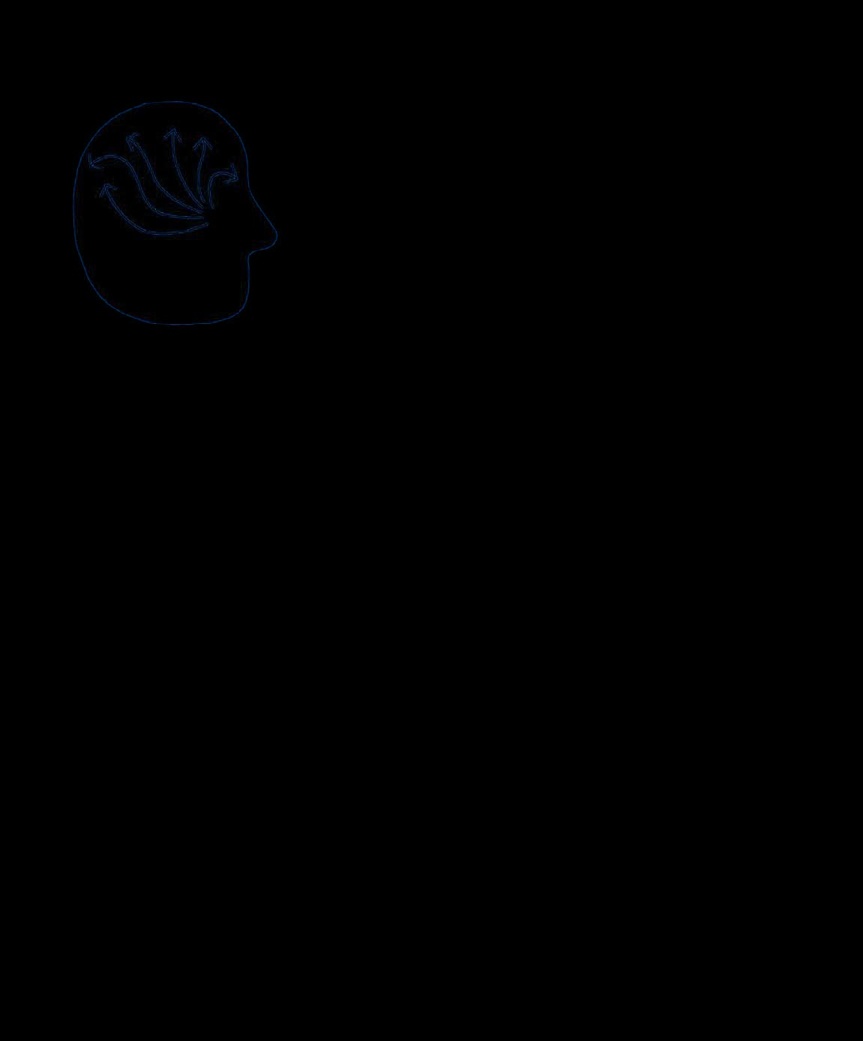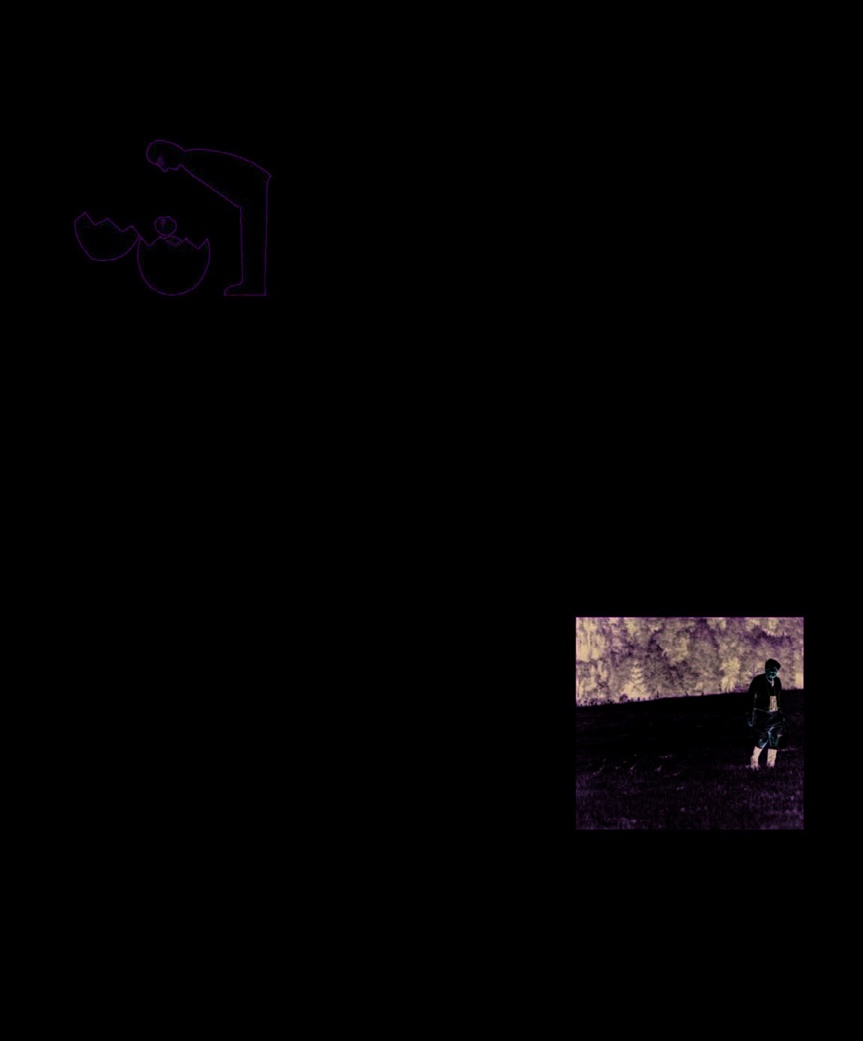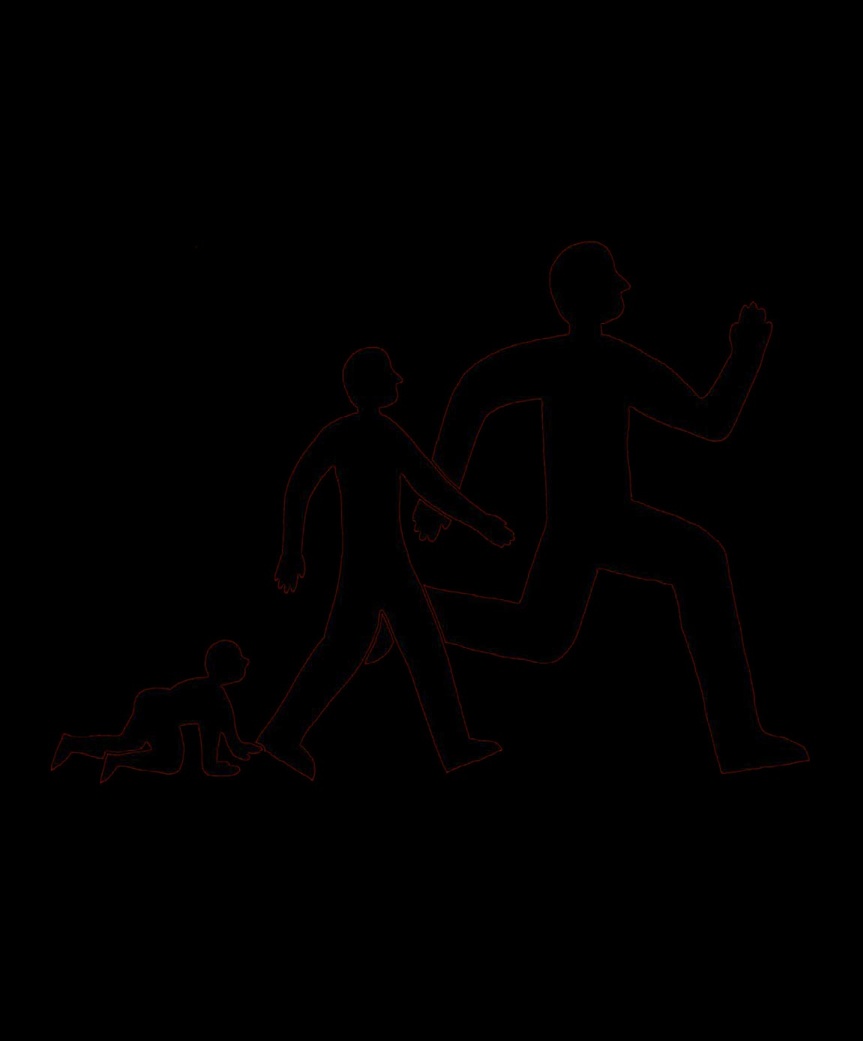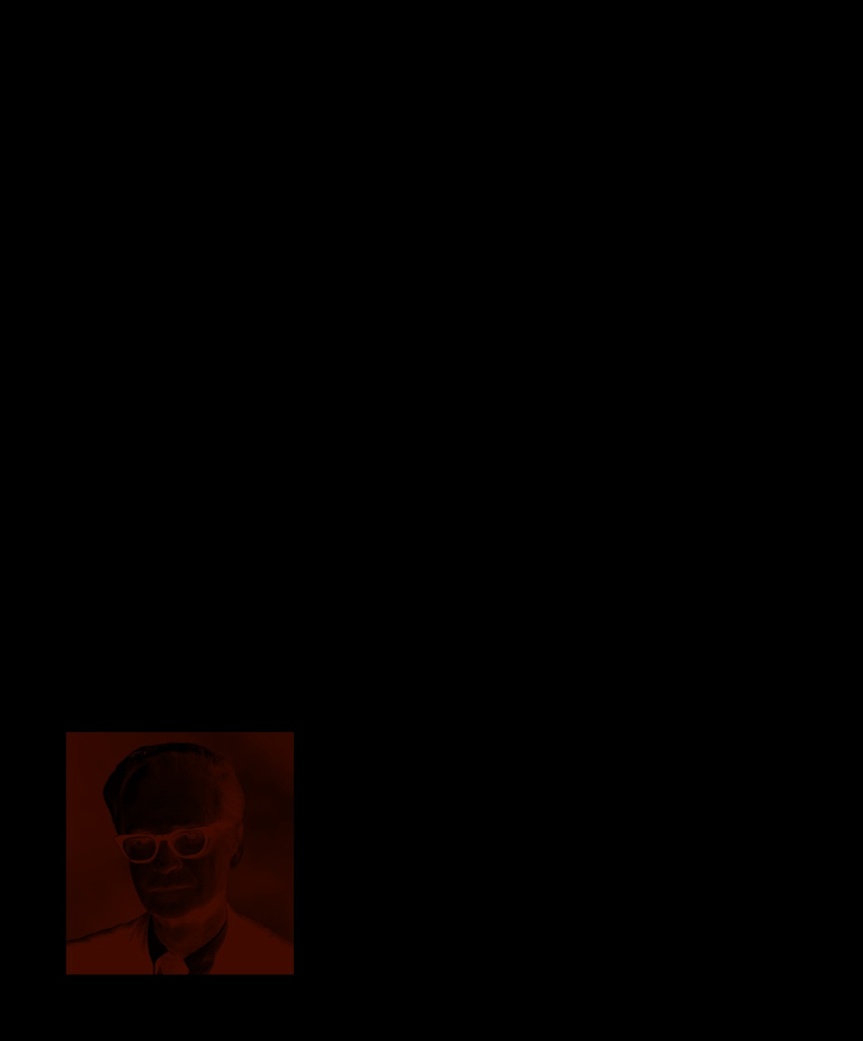The Psychology Book (25 page)
Read The Psychology Book Online
Authors: Unknown

innate response.
Konrad Lorenz 77 ■ B.F. Skinner 78–85

76
LEARNING
IS JUST NOT
POSSIBLE
KARL LASHLEY (1890–1958)
IN CONTEXT
APPROACH
A
merican physiologist- mazes as the basis of a learning
turned-psychologist Karl
experiment. First, the rats learned
Lashley was interested in
to find their way through the maze
what happens physically in the
to reach a food reward. Then,
Neuropsychology
brain during the learning process.
Lashley performed surgery on them
BEFORE
Pavlov and other behaviorists had
to remove specific but different
suggested that conditioning causes
parts of the cerebral cortex from
1861
French anatomist Paul
chemical or electrical changes in
each one. After this, the rats were
Broca locates the area of the
the brain, and Lashley wanted to
replaced in the maze to test their
brain responsible for speech.
pinpoint exactly what these were.
memory and learning abilities.
1880s
Spanish pathologist
In particular, Lashley wanted to
and neuroscientist Santiago
locate the memory trace, or
No place for memory
Ramón y Cajal develops the
“engram,” the specific place in the
What Lashley found was that no
theory that the body’s nervous
brain responsible for memory. Like
matter which part of the brain he
system is made up of cells,
many behaviorists, he used rats in
removed, the rats’ memory of the
which German anatomist
task remained. Their learning and
Heinrich Waldeyer-Hartz later
retention of new tasks was impaired,
calls “neurons.”
but the amount of impairment
depended on the extent, not the
AFTER
location, of the damage. He came
1949
Donald Hebb describes
to the conclusion that the memory
the formation of cell assemblies
There is no great excess of
trace is not localized in a particular
and phase sequences in the
cells which can be reserved as place, but distributed evenly
process of associative learning.
the seat of special memories.
throughout the cerebral cortex; each
Karl Lashley
part of the brain is therefore equally
From 1980
Modern brain-
important, or equipotential. Decades
imaging techniques such as
later, he said that his experiment
CT, fMRI (functional magnetic
had led him to “sometimes feel…
resonance imaging) and PET
that the necessary conclusion is
(positron emission tomography)
that learning is just not possible.” ■
scanning allow neuroscientists
to map specific brain functions.
See also:
John B. Watson 66–71 ■ Donald Hebb 163 ■ George Armitage Miller 168–73 ■ Daniel Schacter 208–09 ■ Roger Brown 237

BEHAVIORISM 77
IMPRINTING
CANNOT BE
FORGOTTEN!
KONRAD LORENZ (1903–1989)
IN CONTEXT
APPROACH
T
he Austrian zoologist and Lorenz went on to observe many
doctor Konrad Lorenz was
other stage-linked, instinctive
one of the founding fathers
behaviors, such as courtship
of ethology—the comparative study
behavior, and described them
Ethology
of animal behavior in the natural
as ”fixed-action patterns.” These
BEFORE
environment. He began his work
remain dormant until triggered by
observing geese and ducks at his
a specific stimulus at a particular
1859
English biologist Charles
family’s summer house in Altenberg,
critical period. Fixed-action
Darwin publishes
On the
Austria. He noticed that the young
patterns, he emphasized, are not
Origin of Species
, describing
birds rapidly made a bond with
learned but genetically programed,
the theory of natural selection.
their mother after hatching, but
and as such have evolved through
1898
Lorenz’s mentor, German
could also form the same attachment
the process of natural selection. ■
biologist Oskar Heinroth,
to a foster parent if the mother was
begins his study of duck
absent. This phenomenon, which
and goose behavior, and
Lorenz called “imprinting,” had
describes the phenomenon
been observed before, but he was
of imprinting.
the first to study it systematically.
Famously, he even persuaded
AFTER
young geese and ducks to accept
1959
Experiments by the
him (by imprinting his Wellington
German psychologist Eckhard
boots) as a foster parent.
Hess show that in imprinting,
What distinguishes imprinting
what has been learned first is
from learning, Lorenz discovered, is
remembered best; whereas in
that it happens only at a specific
association learning, recent
stage in an animal’s development,
learning is remembered best.
which he called the “critical period.”
Lorenz discovered that geese
Unlike learning, it is rapid, operates
1969
John Bowlby argues that
and other birds follow and become
independently of behavior, and
the attachment of newborn
attached to the first moving object they
appears to be irreversible; imprinting
babies to their mothers is a
encounter after emerging from their
cannot be forgotten.
eggs—in this case, his boots.
genetic predisposition.
See also:
Francis Galton 28–29 ■ Ivan Pavlov 60–61 ■ Edward
Thorndike 62–65 ■ Karl Lashley 76 ■ John Bowlby 274–77

BEHAVIOR
IS SHAPED BY
POSITIVE
AND NEGATIVE
REINFORCEMENT
B.F. SKINNER (1904–1990)


80 B.F. SKINNER
IN CONTEXT
APPROACH
B
urrhus Frederic Skinner,
better known as B.F.
Skinner, is possibly the
most widely known and influential
Radical behaviorism
behaviorist psychologist. He
BEFORE
was not, however, a pioneer in the
The ideal of behaviorism is
field, but developed the ideas of his
1890
William James outlines
to eliminate coercion, to
predecessors, such as Ivan Pavlov
the theories of behaviorism in
apply controls by changing
and John B. Watson, by subjecting
The Principles of Psychology
.
the environment.
theories of behaviorism to rigorous
1890s
Ivan Pavlov develops
B.F. Skinner
experimental scrutiny in order to
the concept of conditioned
arrive at his controversial stance
stimulus and response.
of “radical behaviorism.”
Skinner proved to be an ideal
1924
John B. Watson lays the
advocate of behaviorism. Not only
foundations for the modern
were his arguments based on the
behaviorist movement.
results of scrupulous scientific
methodology (so they could be
theorizing of many of the early
1930s
Zing-Yang Kuo claims
proved), but his experiments
psychologists. Works by Pavlov
that behavior is continually
tended to involve the use of novel
and Watson were his main
being modified throughout life,
contraptions that the general public
influence; he saw psychology as
and that even so-called innate
found fascinating. Skinner was an
following in the scientific tradition,
behavior is influenced by
inveterate “gadget man” and a
and anything that could not been
“experiences” as an embryo.
provocative self-publicist. But
seen, measured, and repeated in a
AFTER
behind the showman image was
rigorously controlled experiment
1950s
Joseph Wolpe pioneers
a serious scientist, whose work
was of no interest to him.
helped to finally sever psychology
Processes purely of the mind,
systematic desensitization as
from its introspective philosophical
therefore, were outside Skinner’s
part of behavior therapy.
roots and establish it as a scientific
interest and scope. In fact, he
